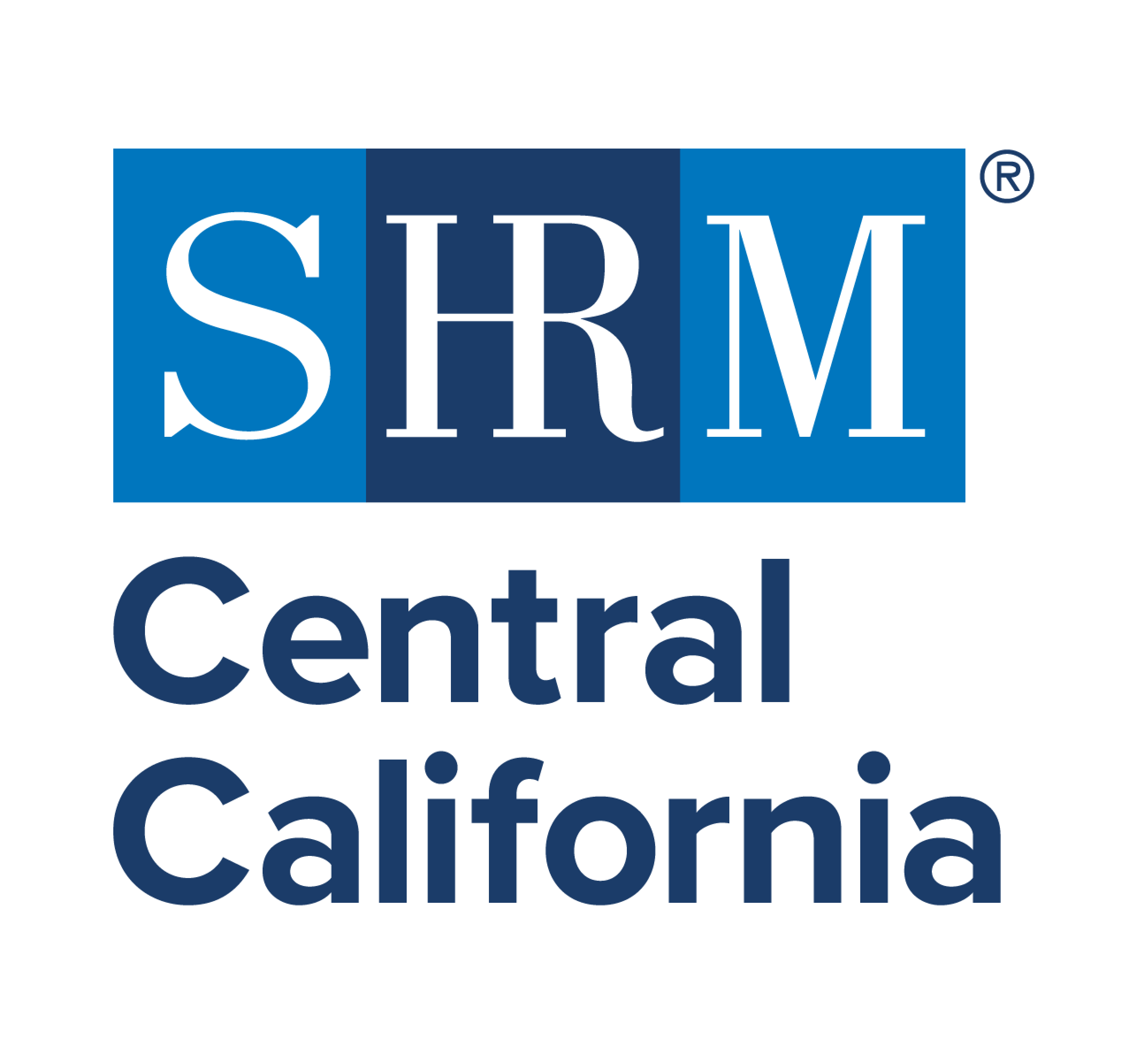“Culture” is a buzzword we often hear thrown around in the business world these days. Since the rise of the tech giants in Silicon Valley, many of us have been regaled by stories about the culture that exists at Google or Facebook. Often these stories center around all the additional perks provided by these companies in order to maintain the bold and young culture that earned their firms so much success. The word has even become popular in the world of sports with many newly hired coaches citing the need to build a “winning culture” to bring their team back to winning form. However, the question remains, what exactly is culture and how do we as HR folks establish a culture of success at our respective workplaces? I hope to answer the first question by further interrogating the term. By diving a bit deeper into the word itself we can shake free a clearer meaning from its current ambiguity. In answering the first question, I believe that we will not only cease to ask the second question but that we will in fact move beyond the restrictive concept of culture and into the realm of the much more malleable community.
With that said, let’s begin our investigation of what is meant by culture. As noted previously, the term itself is embedded in some ambiguity. When we think of the culture that exists at Google, we often think of brightly colored areas, ping pong tables, bean bag chairs, and a general sense of ease among employees. Google’s founders were adamant on abandoning the stiff corporate culture that ruled the 1990’s and building a company staffed by people that matched their culture. As the company grew, it became harder to ensure that everyone hired was Google material and additional steps and analytics were put in place to find employees that would fit their culture and extra perks were offered to ensure that highly skilled employees would be attracted to the prospect of working for Google. What we can see is that a workplace’s culture is a preset standard and a norm that potential employees must fit to. The issue becomes finding a steady flow of potential employees to fit that culture, which isn’t hard for high profile companies like Google but may be a much tougher task for employers who cannot provide the perks that Google provides.
Ultimately, fitting employees to an existing culture is incredibly limiting for a business. It becomes a maintenance of what is rather than moving beyond. Thus, I am pushing for those of us in HR to move beyond culture and begin building workplace communities instead. A community centered approach abandons the hegemony of culture focused hiring and embraces the idea that successful workplaces take numerous types of individuals in order for it move into the next phase of success. The Community based approach focuses on the people within it and evolves as new employees come and old ones go. It is an authentic approach that takes into consideration what is ultimately meaningful to the employees as well as the company itself. This in turn fosters a sense of purpose in which community members hold themselves and other accountable for the company’s successes.



